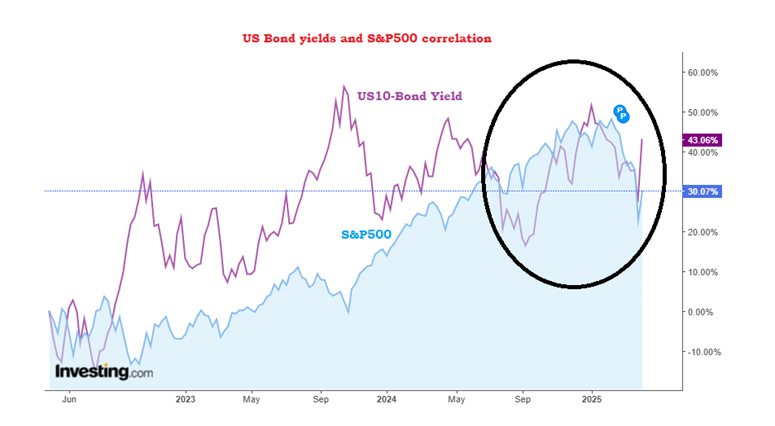Not long ago, history used to be mostly an academic subject. The educated elite wrote, studied, analyzed, discussed, debated, formed, and altered history as per the available scientific evidence, their perceptions and affiliations. Their perceptions were perhaps deeply influenced by the political narrative and economic concerns of the times.
The common people were however mostly concerned with their cultural traditions. These traditions passed through generations, have been generally regarded as history. Popular literature and other art forms, e.g. films, theater, drama, paintings, etc. also had significant influence on the common peoples' perception about history.
For common people, the valor of Rajput Kings like Prithviraj Chauhan, Maharana Pratap etc., and sacrifice of queen Padmavati are established through ballads written by poets like Chand Bardai (Prithviraj Raso) and Malik Muhammad Jayasi (Padmavat). Disregarding what academic historians had to say about these legends, people idolized them and passed their stories to younger generations with pride and devotion.
The 1960 Hindi Movie Mughal-e-Azam is an indelible impression of Mughal history in common peoples' imagination in India. Anarkali, which historians vehemently claim to be a totally fictional character, lives in peoples' memory as a historical symbol of love and sacrifice.
Conventionally, the history as taught or studied in schools and universities had little meaning for common people. The knowledge of historians that was based on scientific studies, archaeological evidence, authenticated written accounts, etc., and beliefs of common people based on folklores and oral traditions have stayed within their respective boundaries, without any major conflict. The governments mostly remained neutral, equally supporting both the academic & scientific pursuit of history, and promotion of traditional beliefs.
However, in the past couple of decades, a gradual change in this paradigm is conspicuous. An intense struggle is taking place between the historians and the cultural traditions as practiced by the common people in the country.
There is a concerted political endeavor to overwrite academic history books with traditional and cultural beliefs. The argument is that these history books are deeply influenced and/or distorted by the imperialist British academia who had interest in destroying rich Indian legacy; and in the post-independence era by left leaning elite who find traditional cultural beliefs regressive and unfounded.
Besides, the cultural traditions have also shown a tendency of loosening roots with rising urbanization, labor migration and dissipation of cultural ambience (rivers, animals, trees, temple, priest, forest, time, faith, folklores, oral tradition, family, austerity, etc.). The younger people who are not rooted properly in their cultural traditions are commonly seen adhering to frivolities, ignoring the core ideas deliberately (for practical reasons) or ignorantly (for the lack of proper guidance and inheritance of culture).
This dissipation of traditional Indian cultures is allowing the politicians to influence people into believing that alteration of history books would restore their dissipating traditional cultures and thus reinforce their loosening roots.
I do not know if this is the right approach. Maybe it is. Or maybe it is not. Only time could tell this. I am also slightly skeptical about giving this political endeavor the garb of nationalism and patriotism.
But what I am sure about is that the process is introducing some serious discrepancies in Indian society. The generally affable and compassionate populace appears becoming conspicuously condescending. The friction in the society is rising as the grease of traditional beliefs (tolerance, hospitality, acceptance) dries up.
My travels across the country in the past three decades have told me that India is changing fast, but not necessarily in the direction many of us would desire. Not focusing on the direction of change could nullify the impact of the change itself.
I do not want to engage in any political debate. I also do not wish to sermonize anyone or judge any party or organization by their recent activities, iterations, and ideologies, or lack of it for that matter. As such, I would like to limit myself to my economic interests and in my view, the rising insolence and cynicism in the society is not good news for the economy.
Consequently—
· Suspicious of future policy direction; unconvinced of government promises, and uncertain about the stability of current policy regime - people are reluctant in their investment and discretionary consumption decisions.
· Confidence in the broader India growth story, juxtaposed with skepticism raised by unpredictability & instability of policy and general social distress, is creating a certain degree of cognitive dissonance impacting the decision making as well as disposition of businesses.
· The economy faces a potential threat of getting pushed into a vicious cycle of lower growth-lower employment-lower income-lower consumption-lower investment-lower growth, if immediate steps are not taken to improve business and consumer confidence.
In my view, the government should leave the history vs mythology vs traditional beliefs & customs debate to the people and academics, and focus on strengthening the core of the economy. Let schools teach what academics believe to be correct history; and let parents introduce their children to the culture, traditions and legacy beliefs. This arrangement has worked for over 200 years. The generations that have grown up under this arrangement are no less intelligent or committed to their roots. There is nothing to suggest that the future generations will get uprooted if this arrangement is continued.




















